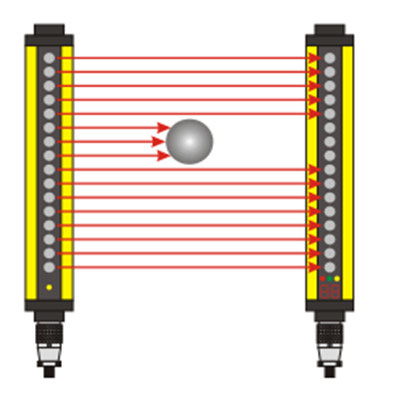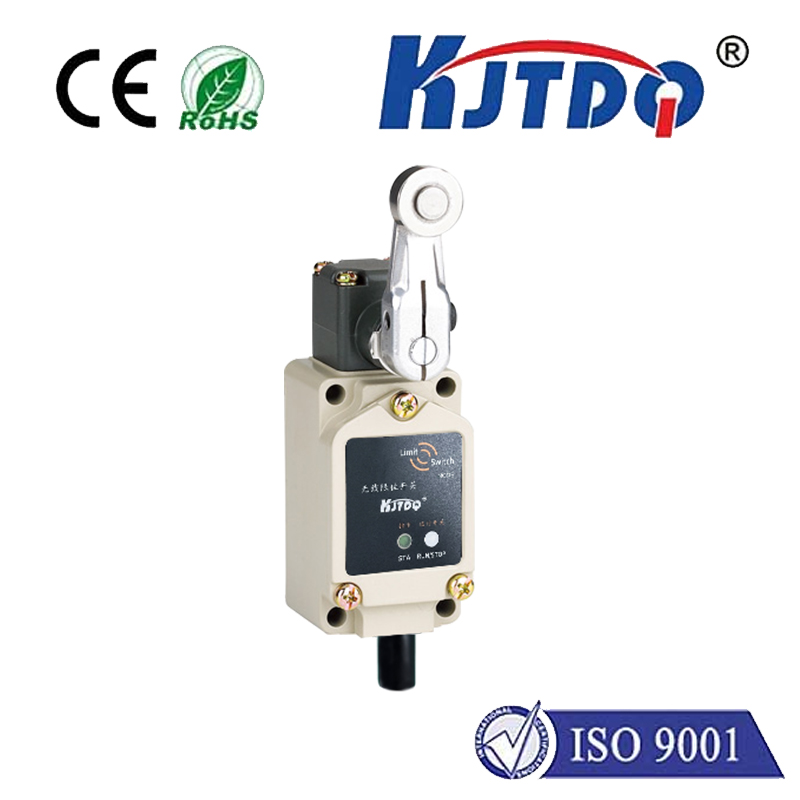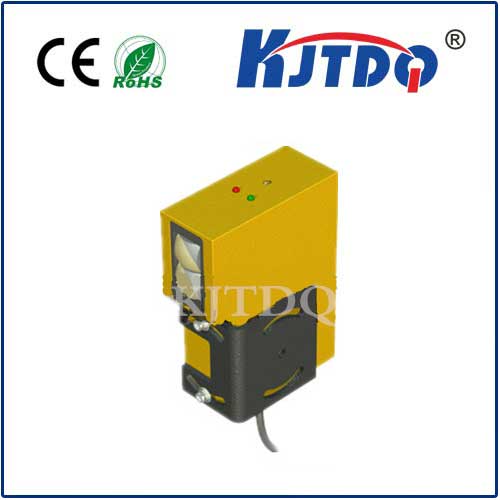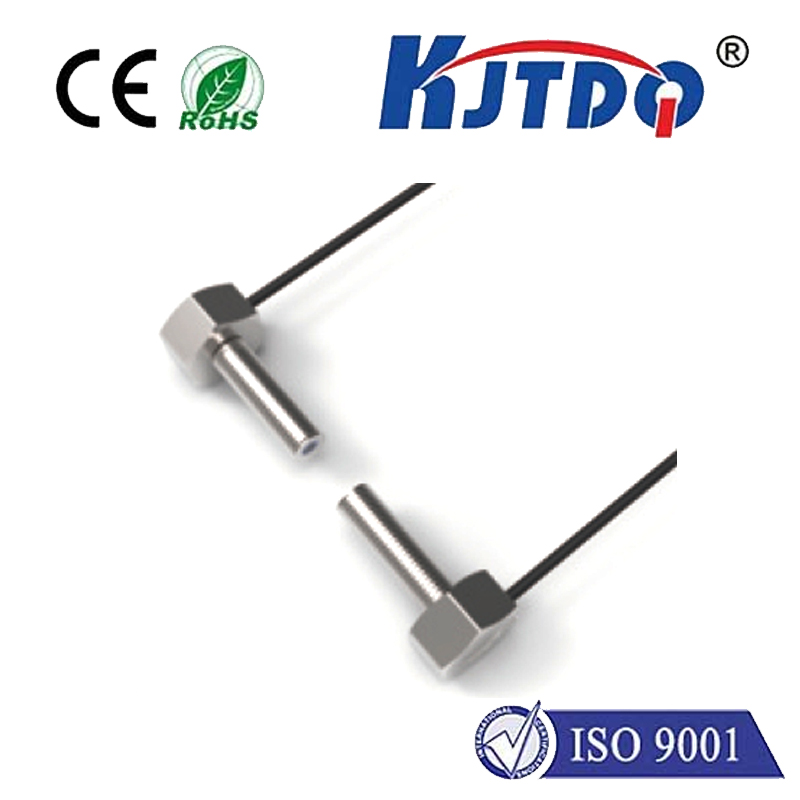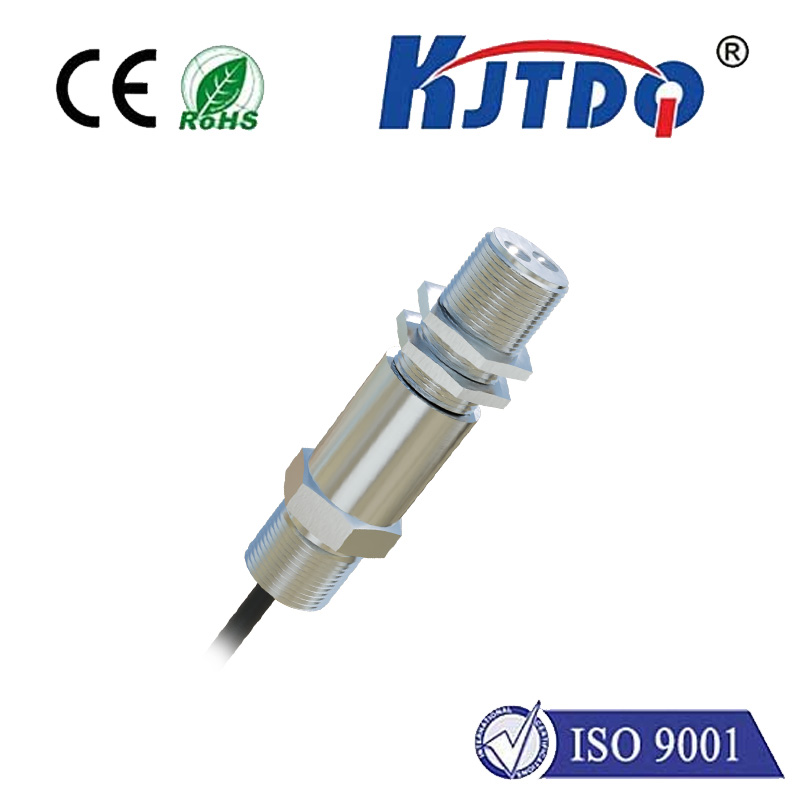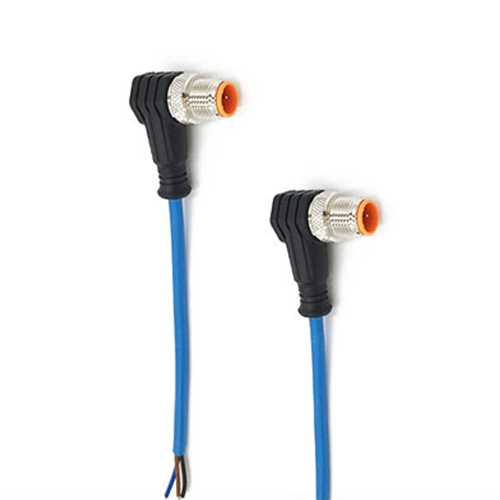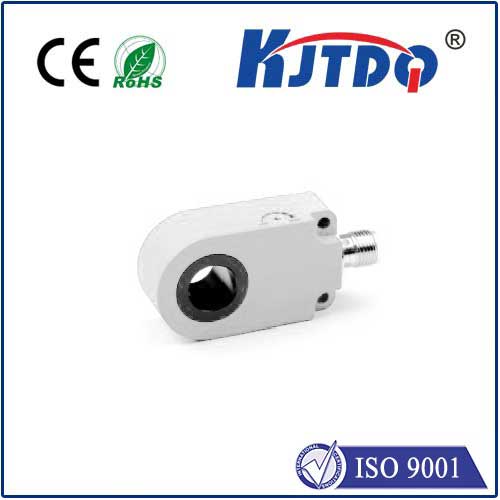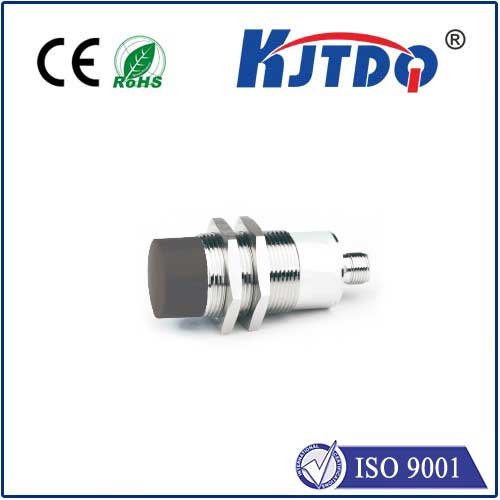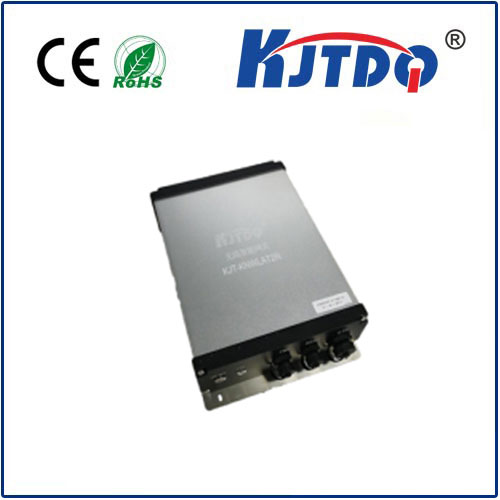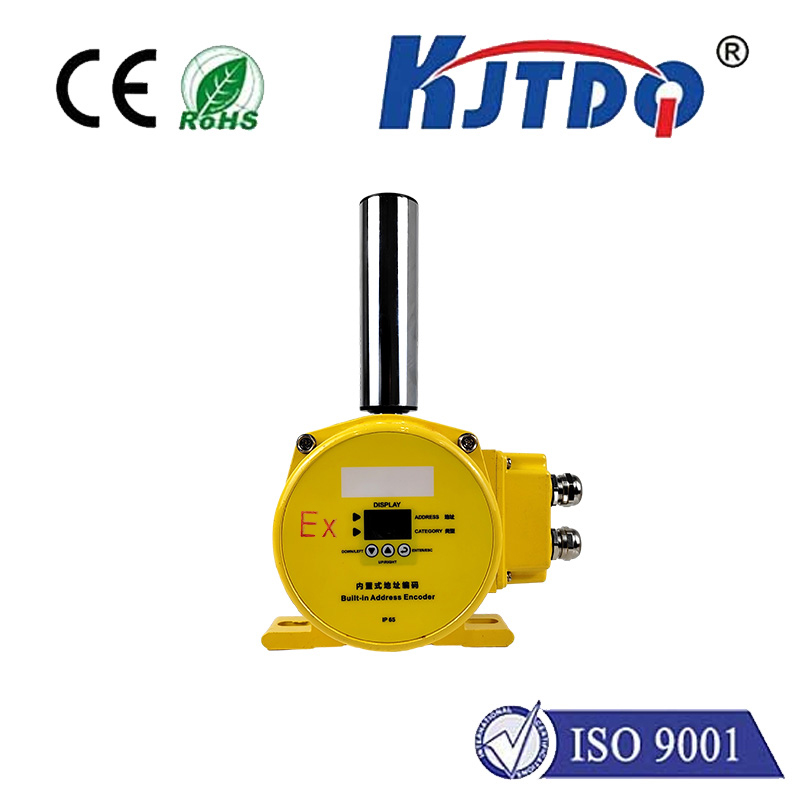5V - индукционный датчик приближения
- time:2025-06-18 00:49:58
- Нажмите:0
The Mighty Mini: Unlocking Potential with 5V Inductive Proximity Sensors
In the intricate dance of modern automation, where machines sense, react, and orchestrate complex tasks, unsung heroes work tirelessly behind the scenes. Imagine components so reliable they operate millions of times without complaint, immune to grime, moisture, and harsh conditions, silently ensuring precision where millimeters matter. Among these crucial performers, the 5V Inductive Proximity Sensor stands out as a compact powerhouse, perfectly suited for the evolving landscape of low-voltage electronics and micro-controlled systems. These robust sensors offer non-contact detection of metallic objects, simplifying designs and boosting reliability in countless applications, especially where space and power are at a premium.
Understanding the Core: What is a 5V Inductive Proximity Sensor?
At its heart, an inductive proximity sensor is a non-contact electronic device designed specifically to detect the presence of metallic objects without physical touch. The “5V” designation refers to its operating voltage, meaning it requires a 5V DC power supply to function. This low voltage makes it inherently compatible with a vast array of modern control systems, particularly microcontrollers (like Arduino, Raspberry Pi), PLCs (Programmable Logic Controllers) with 5V compatible inputs, and low-power embedded systems prevalent in robotics, IoT devices, and compact machinery.

The Invisible Force: How Does It Work?
The magic lies in electromagnetic induction. Inside the sensor’s typically robust, cylindrical housing resides a coil wound around a ferrite core. When powered by its 5V DC supply, an oscillating electromagnetic field is generated at the active face of the sensor. When a metallic target (like iron, steel, aluminum, brass, copper, etc.) enters this field, eddy currents are induced within the target material. These eddy currents draw energy from the sensor’s oscillator circuit.
- Detection Threshold: As the target gets closer, the energy loss increases. Once the loss reaches a predetermined threshold (corresponding to the sensor’s specified sensing distance), the sensor’s internal circuitry triggers a state change.
- Output Signal: This state change manifests as the sensor’s output switching. Common configurations include:
- Normally Open (NO): Output becomes active (e.g., switches to 5V or sinks current) when a target is detected.
- Normally Closed (NC): Output is active when no target is present and turns off when detected.
- NPN vs. PNP: This refers to the transistor type used in the output stage, determining whether the output sources (PNP, often 5V signal referenced to 0V common) or sinks (NPN, often 0V signal referenced to +5V common) current when active. Choosing the correct type (NPN или PNP) is crucial for compatibility with the receiving control device.
Why Choose 5V? Key Advantages and Applications
The 5V inductive proximity sensor isn’t just about low voltage; its characteristics offer distinct advantages driving its widespread adoption:
- Seamless Integration with Microcontrollers & Digital Logic: In today’s tech landscape, 5V DC remains a standard logic level voltage. These sensors plug directly into microcontroller GPIO pins or digital input modules without level-shifting circuits, simplifying wiring and reducing component count and cost, especially in prototyping and small-scale automation.
- Low Power Consumption: Operating at 5V inherently draws less current than higher voltage sensors (like 12V or 24V), making them ideal for battery-powered devices, portable equipment, and applications where minimizing power draw is critical.
- Compact Size: Many 5V inductive sensors are available in incredibly miniature form factors (e.g., M5, M8, M12 threaded barrels). This allows integration into tight spaces where larger sensors simply wouldn’t fit – think small robotic arms, PCBs, intricate machinery, or consumer electronics assembly.
- Robustness and Reliability: Like their higher-voltage counterparts, 5V inductive sensors boast impressive durability. They feature no moving parts, leading to wear-free operation and long service life. They are typically sealed to high IP (Ingress Protection) ratings (e.g., IP67, IP68), making them resistant to dust, oil, coolants, and water jets, ideal for harsh industrial environments.
- High Switching Speed: Capable of detecting targets at frequencies often exceeding 1 kHz, they are perfect for high-speed counting applications (e.g., monitoring fast-moving parts on a conveyor) and rapid position verification.
- Immunity to Surface Conditions: Unlike optical sensors, they are unaffected by target color, transparency, or surface finish (as long as it’s conductive metal). Dirt, dust, oil, and non-metallic debris generally don’t interfere with their operation.
These advantages translate into diverse applications across numerous sectors:
- Robotics & Collaborative Robots (Cobots): End-effector positioning, gripper sensing, joint limit detection, presence verification of parts or tools. Their compact size and low voltage operation are perfect here.
- Consumer Electronics & Small Appliances Manufacturing: Miniature part detection, lid/cover position sensing, PCB handling verification. The tiny form factors shine on assembly lines.
- 3D Printing & CNC Machinery: End-stop detection, tool head positioning, filament presence sensing (using a metallic flag), chuck/jaw detection. Reliable non-contact detection prevents damage.
- Automotive (Small Components & Testing): Sensing pistons, valves, gears, or verification in component testing jigs. Durability against oil and grime is essential.
- Packaging Machinery: Bottle cap detection (via metal liner), fill level detection (using a float with metal trigger), carton flap verification. Высокийswitching speeds keep production lines moving.
- Перевозка материалов: Position sensing on miniature conveyors, sorting gates, small elevator levels. Consistent operation in dusty environments.
- DIY Projects & Prototyping: Hobbyists and engineers leverage them for object detection, simple automation tasks, and interactive installations due to easy 5V microcontroller compatibility.
Selecting the Right 5V Inductive Sensor: Key Considerations
Choosing the optimal sensor requires attention to several parameters:
- Sensing Distance: The nominal distance at which it can reliably detect a standard target (usually mild steel). Choose one that provides a safe margin for your application. Don’t expect the nominal range for all metals; aluminum and copper typically have reduced sensing distances.
- Target Material: Ensure the sensor is suitable for the specific metal you need to detect. Ferrous materials (steel, iron) are easiest; non-ferrous (aluminum, brass, copper) require sensors often specifically rated for them.
- Output Type (NPN or PNP): MUST match the input requirements of your controller (sourcing vs sinking logic).
- Output Configuration (NO/NC): Select based on the required logic in your system when a target is present or absent.
- Housing Size & Shape: Threaded barrel (M5, M8

